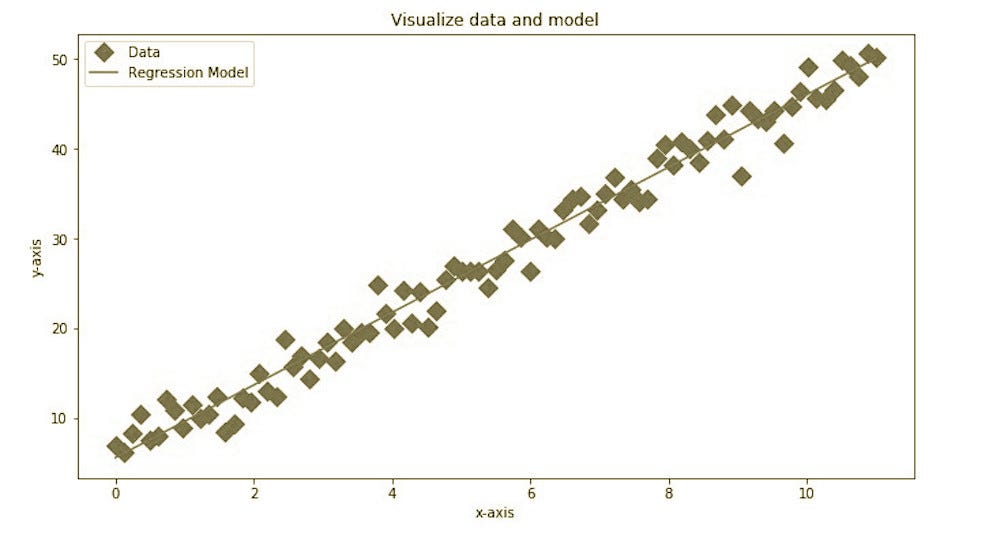Generative adversarial networks (GANs) are among the more significant advancements in deep learning in recent years. Previously, we used machine learning and deep learning techniques with a considerable amount of data to build a model to understand data by classifying them. But now, with GANs, we use an algorithm that generates data for us.
Two of the most commonly used and efficient generative models are Variational Autoencoders (VAE) and Generative Adversarial Networks (GAN).
Continue reading Generative Adversarial Networks (GANs) for Mobile Devices









